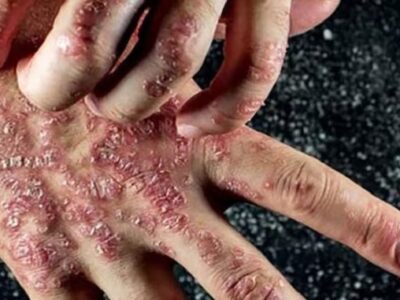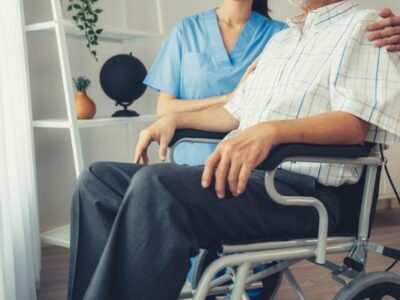
You’ve probably watched, in a movie, someone suffering a respiratory, cardiac, or even cardiorespiratory arrest which can be treated by a cardio doctor. As the name implies, an arrest in the absence of somebody’s mechanism – in this case, breathing or heartbeat –is perceived through the non-existence of vital signs.
The Body System
Breathing and heartbeat are carried out by two systems in the body: the respiratory system and the cardiac system. Through breathing, our body can eliminate carbon dioxide and obtain oxygen. Oxygen is an essential gas because each cell needs to obtain energy to function. For example, the heart cell needs oxygen to contract and, consequently, lead to the heart’s contraction.
The contraction of the heart causes a signal, which is the heartbeat. This contraction allows blood to circulate throughout the body. The blood brings nutrients and oxygen to the cells and captures carbon dioxide and metabolic products, which are no longer used by the cells, to be eliminated. You noticed, then, that one system is related to the other. The loss of function of either of them in cardiac or respiratory arrest, if not quickly corrected, could fail both systems and, consequently, in the death of the victim.
In this text, you will learn to identify the occurrence of respiratory arrest and cardiac arrest and what must be done to help the victim.
What Are The Main Human Vital Signs?
As the name implies, Vital signs are related to the existence of life. They are essential indicators of the body’s normal functioning and any change in bodily function. There are several vital signs used in the clinical practice of health professionals. You will know the main ones: pulse, body temperature, and breathing.
Pulse
The pulse is related to the pulsations or beats of the heart, which drive blood to the arteries. This movement generates a pressure wave that is perceived in the arteries. We can identify a pressure wave when it is oscillating; that is, when pressing the arteries, we verify a variation in the pulsations. Depending on the victim’s age, you will be able to feel the pulse more easily in specific places on the body. For this, you must know the main types of pulses:
In children under one year:
- Brachial pulse: You must rest your fingers in the armpit region, under the shoulder, to feel this pulse.
- Femoral pulse: To feel this pulse, you must rest your fingers near the groin area.
In children older than one year and adults:
- Radial pulse: To feel this pulse, you must rest your fingers on the wrist region, towards the thumb.
- Carotid pulse: to feel this pulse, you must rest your fingers in the neck region. It is a strong pulse due to its proximity to the heart.











